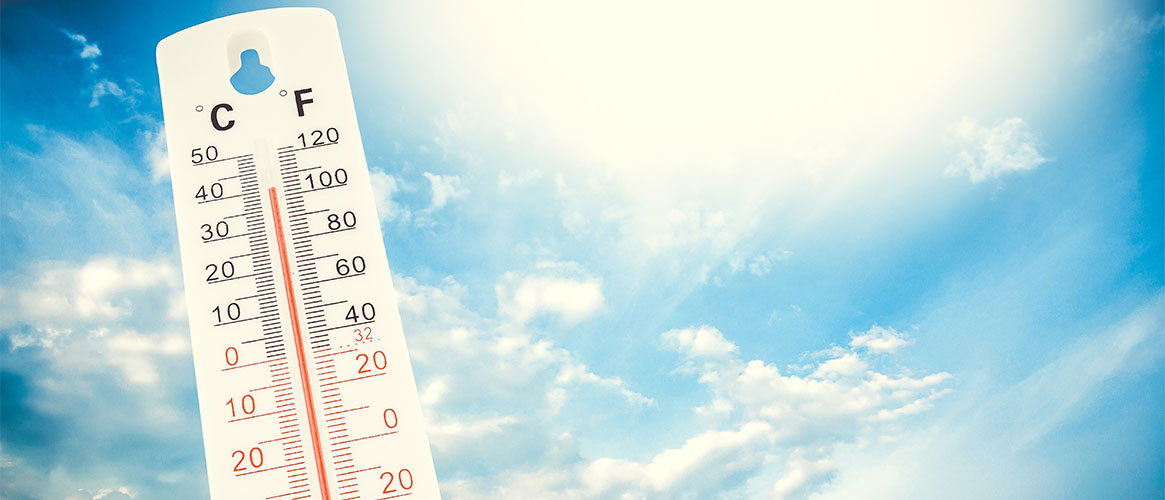
If you think you’re immune to heat stress or other forms of heat illness, you might want to give that a little more thought. I, as a Loss Prevention Engineer, felt that way and paid the price one Saturday afternoon a few years ago. I had asked a carpenter friend of mine to help me build a patio deck in my back yard.
It was the middle of August. With highs of 95 degrees expected that day, we got an early start—around 7:30 in the morning. But, everything came to a screeching halt about five hours later. I was losing my balance, felt weak, and a bit dizzy, and my hands and feet were tingling. I knew something wasn’t right, so I went to my garage and sat down on a bench.
My friend recognized right away that I was suffering from heat stress. He immediately got a fan, turned it on, and told me to stay seated. He also got a towel soaked with cool water and placed it over my neck. Then he told me I was done for the day.
I made three key mistakes that day. My hope is that by telling this story, others won’t make those same mistakes.
Tried to stay cool by wearing less
Because it was hot, I wore a tank top, shorts, and a baseball cap–a perfect combination for the conditions. Or so I thought. In the meantime, there’s my friend, the experienced carpenter. He was wearing a long-sleeved shirt, long pants, and a wide-brimmed hat.
Little did I realize when I chose my attire that day that covering up like my friend was actually better. The moisture being transferred from his body to his clothes was helping keep him cool.
Tried to keep up with someone who’s used to working in the heat
My next mistake was trying to keep pace with my friend. I was eager to get this project done and he only had a couple of days that he was available to help. Time was of the essence, so I tried to give it the same effort he did.
If your workers aren’t used to the warm or hot conditions, Cal/OSHA requires that you give them enough time to acclimate. We frequently remind our policyholders of this. I needed time to adjust to the heat that day, but instead dove right into my project without trying to acclimate at all.
Didn’t drink enough water
This is one of the most important lessons of all. On a worksite Cal/OSHA requires employers provide at least one quart of cool drinking water per employee for each hour of work; and recommends that each worker drink at least that amount during warm or hot weather. As a Loss Prevention Engineer, I take it a step further and urge employers to ensure their employees are actually drinking the recommended amount. And yet, there I was with access to water, my friend drinking it, and me too focused on getting the work done to stop and drink.
To sum it up, I was unable to continue the project that day because I didn’t follow my own advice.
This was definitely a learning experience and a reminder that heat stress and heat stroke can indeed happen to all of us, even in our own backyard.
For more details, please see Cal/OSHA’s Heat Illness Prevention Regulations.
